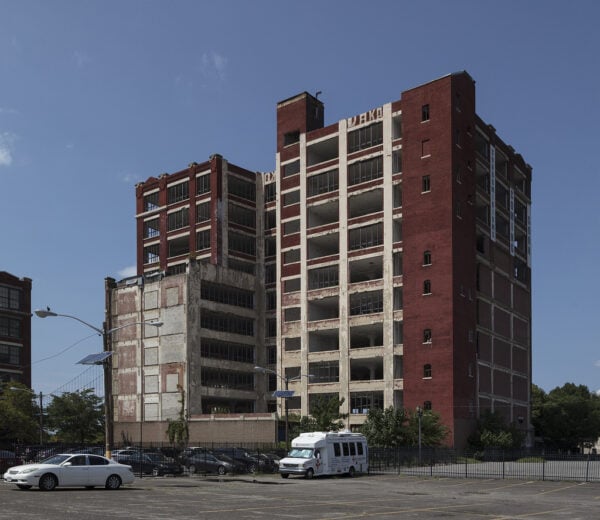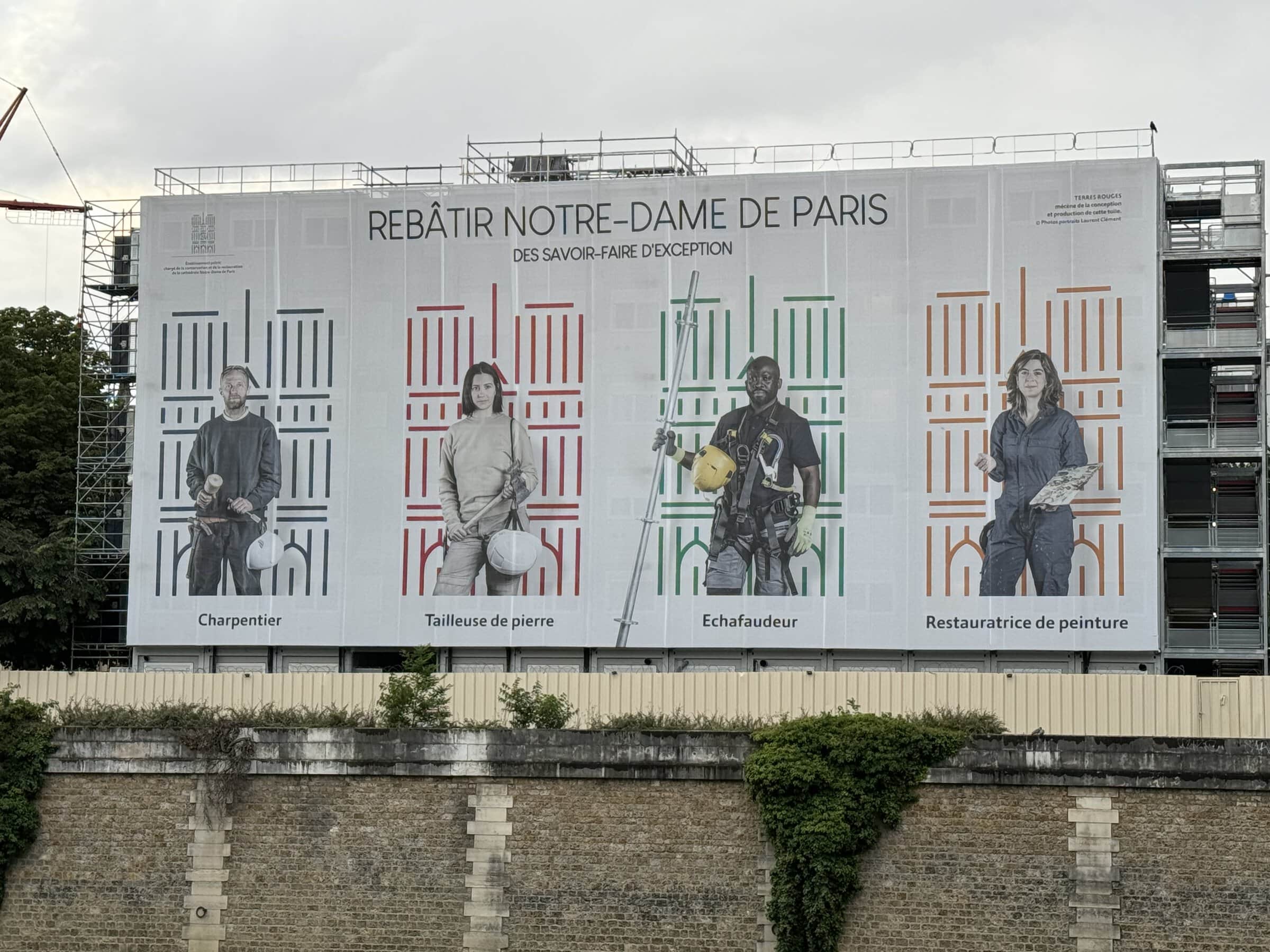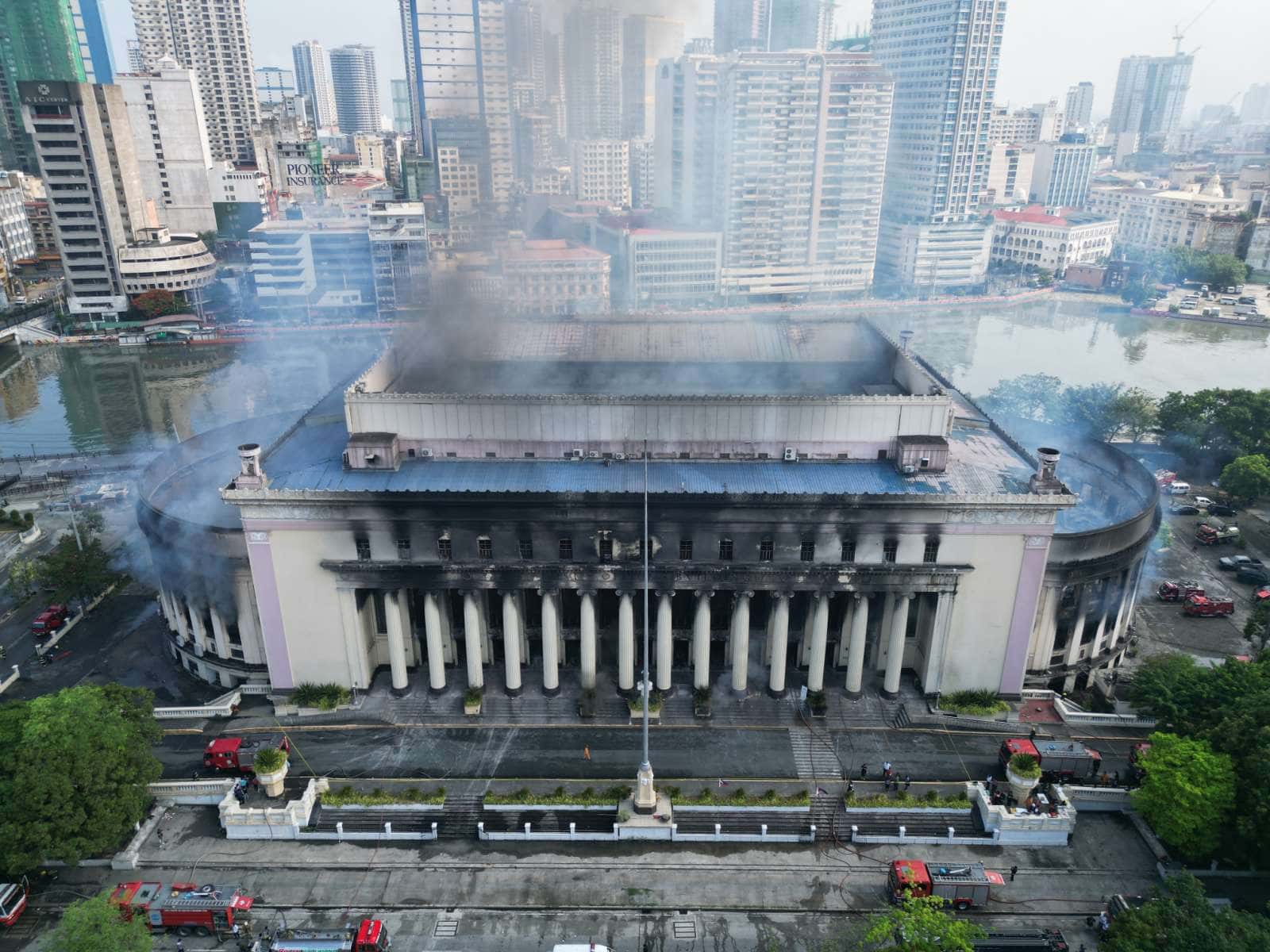Some years back, the Society for American City and Regional Planning History invited a provocateur as the lunchtime speaker for its biennial conference, held in my hometown of Arlington, Virginia. A journalist by training, Joel Garreau had made his name in urban history circles with his 1991 book, Edge City, a term he coined for a concentrated office district outside of a traditional downtown. But now he saw a new future: the movement of people to places far from traditional cities but blessed with scenery, culture, and, crucially, broadband internet access. “If you can work anywhere,” he asked, “why fight the Beltway to get to an office tower?” Why not open your laptop in a gorgeous mountain town, like Santa Fe; Wenatchee, Washington; or South Jordan, Utah? After Garreau finished, the historians in the meeting asked respectful questions, but at my table, I heard some snickering. My own notes bear the comment “Statistical fallacy, law of small numbers.”

Urban historians have told stories of cities, like Camden, New Jersey, whose factory jobs have vanished. With the rise of remote work, they may need to do the same for the disappearance of offices. Carol M. Highsmith Archive/Library of Congress Prints and Photographs Division
That was November 2019. Two months later, the Washington Post reported on “an outbreak of an unidentified and possibly new viral disease in central China.” By late March, I was learning to teach my classes by internet video call, a technology I had used perhaps a dozen times before the pandemic. Rather than luring us with the splendor of the Wasatch Mountains, nature had confined us with the threat of the coronavirus and left us staring at our screens. Garreau had not foreseen these exact circumstances, but now I realized that he had asked the right question: Do we still need office buildings?
Five years since the start of the pandemic, city government officials, developers, bankers, and planners are all asking how cities will function as more knowledge workers work from home, if not from Wenatchee. Urban historians have less urgent responsibilities but may also confront the implications of remote work for the future of cities, and for their past.
COVID-19 challenges the premises of urban life. As geographer Andy Merrifield has noted, we can see in it the echoes of earlier epidemics: the mysterious plague of Pericles’s Athens, the Black Death of Boccaccio’s Florence, the cholera of Karl Marx’s London. Unlike these earlier plagues, COVID-19 did not just make us fear each other’s bodies; it also introduced millions of people to the tools of remote work. Video calls and cloud-based shared documents had been around for some time, of course, as had the concept of telework. But the pandemic became the literal “killer app,” spurring a critical mass of people to adopt the tools, which in turn spurred software and hardware developers to improve the products.
Five years later, COVID-19 is less of a threat to health, but many Americans, given the choice, still prefer to work remotely, at least part of the week, at least part of the time. As Garreau predicted, some knowledge workers have taken the extra step of moving to “Zoom towns,” as the real estate folks now call the Santa Fe–like locales he described in 2019. Even as major employers, such as Amazon and Donald Trump’s executive branch, announce “return to office” policies, observers expect determined resistance.
Urban historians may confront the implications of remote work for the future of cities, and for their past.
While the flexibility to work from home is a boon to individual workers and their families, remote work as a whole threatens the foundations of urban economies. Office vacancy rates remain high, with individual buildings selling for a small fraction of their prepandemic prices. Without the presence of office workers, retail shops and restaurants lack customers, so that a convenience for the knowledge worker threatens the livelihood of service workers. Mass transit is particularly vulnerable; if on-site work drops by 10 percent, transit agencies stand to lose 27 percent of their fare revenues.
Urban historians do not have billion-dollar holes to fill, but we, too, must face the implications of remote work. As I write a history of the Dulles Corridor Metrorail Project—a transit system conceived in the 1990s but not completed until 2022—I find myself living in both the pre- and post-COVID-19 worlds. When I commune with my historical actors, listening to them debate projected demand for park-and-ride spaces, seats on trains, and office desks, all I can do is whisper, “You have no idea what’s coming.”
As I struggle with this narrative, I take inspiration from the work of previous generations of urban historians, who have long chronicled the threats to cities. To a large degree, the field of US urban history developed in response to previous catastrophes. “A lot of people moved into this kind of history because of a gut response to the urban crisis, as it was called, in the 1960s,” explained urban historian Ray Mohl, when asked about the founding of the Journal of Urban History in the early 1970s. “We were looking for an historical dimension to contemporary urban concerns.” Fifty years later, the concerns are new, but urban historians are again ready to provide historical perspective. We have already made a start, crafting stories that can be synthesized into a larger narrative about the changing work of cities, and I expect that changing work patterns will inspire additional research.
One task is to define the scope of the challenge. In 2020, Thomas Campanella suggested that “the current pandemic is just the latest historical pivot to have pundits predicting the death of the city.” But the persistence of remote work appears to be less a sudden shock—like the terrorist attacks and natural disasters that have informed Campanella’s work—and more of a long-term collapse. Even before COVID-19, historians knew that white-collar downtown was a story with a beginning and a middle, and potentially an end. “The almighty downtown of the past is gone—and gone for good,” Robert Fogelson wrote in his 2001 history of the concept. “And it has been gone much longer than most Americans realize.”
Now that the almighty downtown is even more gone, we may need to imagine remote work as a new kind of deindustrialization. If so, the future may be bleak. Some histories of cities that lost a major industrial employer (like Howard Gillette’s Camden, New Jersey, and Andrew Highsmith’s Flint, Michigan) end without stories of recovery. And those that offer more hope for city budgets (such as Guian McKee on Philadelphia, Gabriel Winant on Pittsburgh, and Destin Jenkins on San Francisco) tell us that a rising tide swamps some boats. As Gillette noted in The Paradox of Urban Revitalization (published in 2022, but written mostly before the spread of COVID-19), the apparently thriving “comeback cities” of the 1980s and beyond were profoundly divided by race and class, with some families and neighborhoods struggling as others flourished, and poverty rates rising alongside property values and median incomes. We see comparable inequality in the COVID-19-era pattern of exploited gig workers delivering lunches to the homes of comfortable remote workers.
Previous generations of urban historians have long chronicled the threats to cities.
On a more hopeful note, urban history also reminds us that cities are more than job sites. One of the most visible legacies of the pandemic for American cities has been the development of open-air restaurant sections, or “streeteries,” many of which remain popular even as the risks of indoor dining fade. Historical works like Robin Bachin’s Building the South Side stress the importance of such institutions as stadiums, clubs, houses of worship, and other sites of communal delight to the broader life of cities, helping us understand the city beyond the office. Similarly, Alison Isenberg’s Downtown America is a story of reinvention, as business owners, city officials, and residents fought or cooperated to find new meanings for Main Street. As cities seek to convert office districts to mixed-use sectors, they could learn from Paul Groth’s history of people living downtown.
Nor are big cities with identifiable downtowns the only model of urban life. As urban and regional planning scholar Uwe Brandes noted in September 2024, the big winners of the work-from-home movement may be cities such as Boise and Nashville that offer some of the feel of a vacation destination but at a larger scale than Wenatchee. For decades, urban historians have scolded each other for writing only about New York, Chicago, and Los Angeles when we could have been writing about “North Platte, Nebraska or Albany, Georgia.” Histories of research parks, such as those by Margaret O’Mara and Alex Sayf Cummings, can help us think beyond the traditional city, and Benjamin Waterhouse has even given us the beginning of a history of working from home. Perhaps the next step is to explore the history of Zoom towns. Garreau suggested Sintra, the summer capital of Portuguese kings, and Matthew Adair has mapped summer residences of the 1920s urban elites.
Most importantly, we can continue to listen to voices, like Garreau’s, from outside the historical discipline. They will speculate about the future of climate change, robotaxis, ghost kitchens, colonies of expatriates in other countries or perhaps on the moon or Mars. Some speculations will be baseless; others—like Garreau’s pre-COVID-19 ideas about remote work—will be only partially prescient. “The definition of what urban history is is going to change, just like our definition of what cities are is changing,” noted Blaine Brownell in 1994. “Probably the research that is done will be, as it probably always has been, a product of or a reflection of the present day concerns that people have, the questions they want to answer, and the problems that they are encountering. So to say that urban history developed out of urban crisis is absolutely normal.” As cities seek new roles in the “new normal” of the pandemic world, urban historians will be seeking with them.
Zachary M. Schrag is professor of history at George Mason University. Follow him on Bluesky @zacharyschrag.bsky.social.
This work is licensed under a Creative Commons Attribution-NonCommercial-NoDerivatives 4.0 International License. Attribution must provide author name, article title, Perspectives on History, date of publication, and a link to this page. This license applies only to the article, not to text or images used here by permission.


